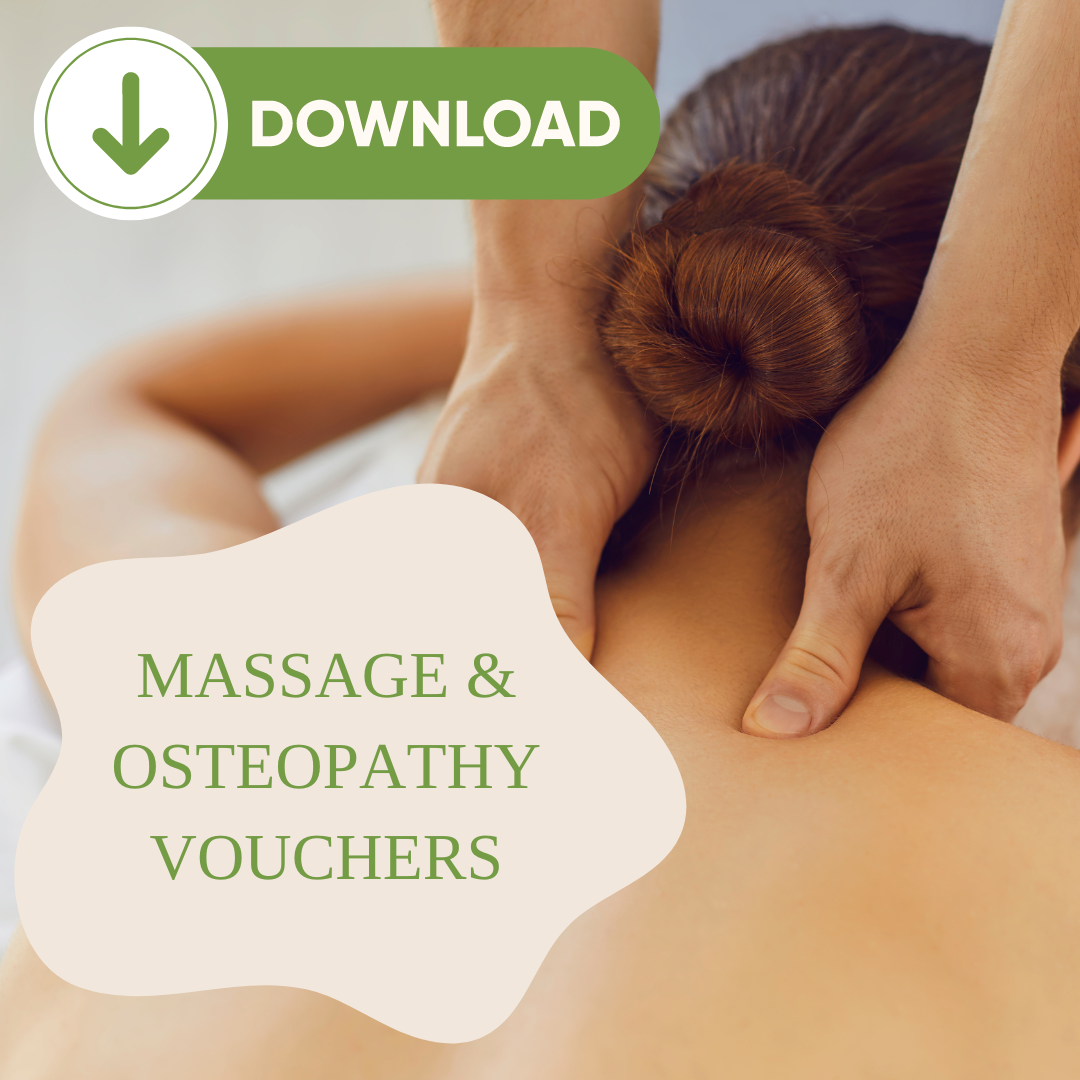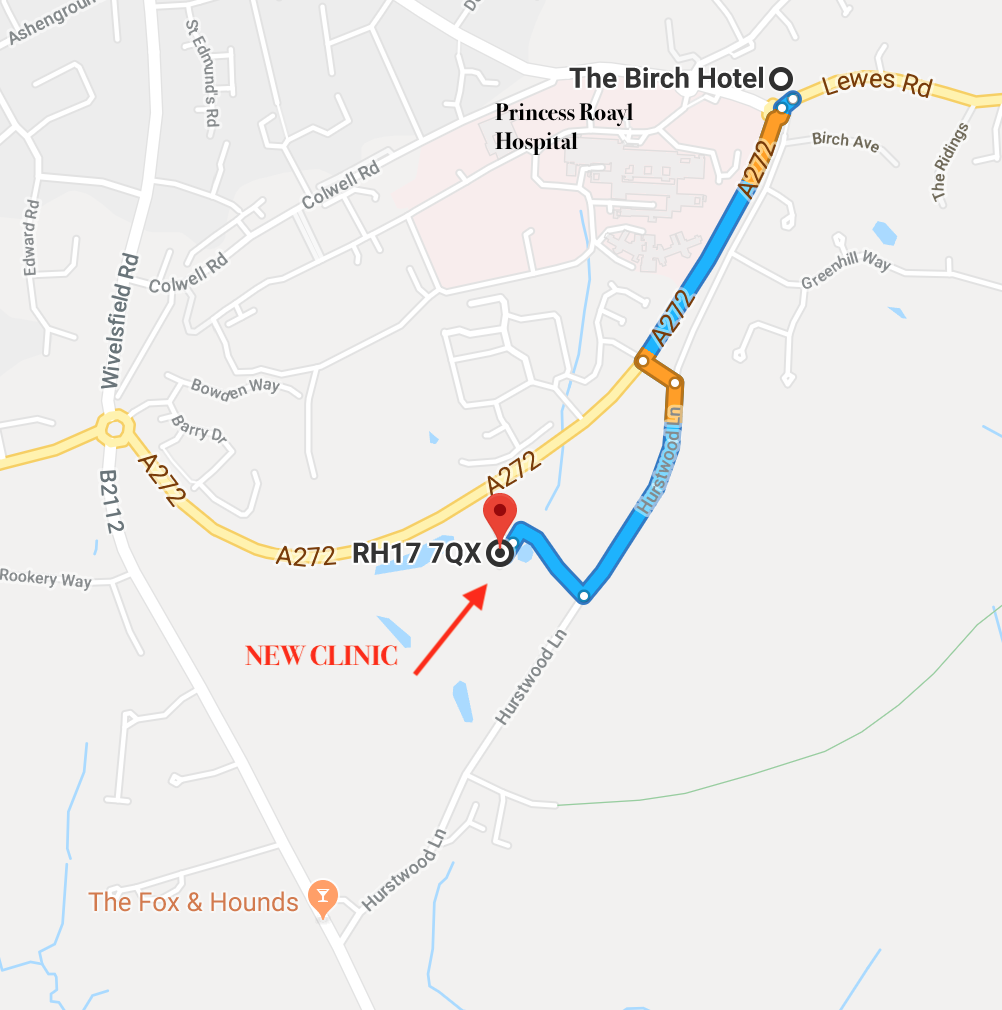Lower limb injuries – are poor biomechanics the cause?
Haile Gebrselassie famously said “without running there is no life.” That may be for him and millions like him but when things go wrong and injury stops you running it can be demotivating and difficult to get going again. When you run 10 times your body weight goes through each limb and foot. Our bodies are beautifully designed to cope but biomechanical faults can cause problems. We are all different shapes and sizes and along with this and stride length, training routines, lifestyle factors, footwear and flexibility it can influence our biomechanics.
37500 ran, walked and crawled through this year’s London marathon. Not two of them were the same mechanically. To walk and run our feet must flex, extend, supinate and pronate. This is normal. It is when a movement pattern becomes excessive or underused that your mechanics can lead to injury. For example an under pronator is less prepared to cushion the foot at impact of landing. Conversely overpronation can lead to calf injuries and knee problems. Tight muscles can restrict joint movement which may alter your stride length and cause faulty biomechanics as your body will try to adapt. Research has shown that people with tight muscles and reduced flexibility have the greatest chance of injury. Common sites for injuries in runners that may be related to foot function are the pelvis, hip, knee and foot. Hamstrings, Quadriceps and calf muscle function can all be influenced by overuse or underuse functions and conversely over tightness in these groups can lead to overuse or underuse function. Another example is tight ITT bands (iliotibial band) on the outside of your thigh. This can over tighten because of poor foot mechanics and cause knee problems or sacro-iliac problems.
All of us have niggles from time to time. Concrete pavements are the enemy as we were never designed to walk and run on hard, flat surfaces all the time. It puts massive stress through our limbs. Ignoring a niggle can lead to chronic overuse injuries or even an acute injury in some cases. Rest is an injuries best friend. Don’t be afraid to stop. But think about getting recurring problems checked out.
At the Perrymount Clinic we offer a lower limb and footscan assessment. It can help identify any current problems and can help prevent future problems. Rsscan, our footscan and orthotic partners have proven research within a military setting in reducing lower limb injury rate by 31%. Orthotics inside your shoes make small changes to movement during gait. This can be very subtle and can vary depending on rigidity, moulding and levels of customisation. Whilst an orthotic can’t change faulty biomechanics they are designed to influence your foot action and promote better biomechanics. It’s a bit like a pair of glasses for your eyes. There is even anecdotal evidence that suggests if you need pronation control running shoes you need pronation control in everyday shoes. It makes sense as the control is required most of the time not just when you run.
For the month of May we are offering £10 off the lower limb and footscan assessment with our specialist sports Osteopath Jacqui Black if you mention this article when booking. Please call the clinic on 01444 410944. Visit www.theperrymount.com for further information. We also offer sports massage with our Olympic 2012 sports massage therapist, Anne Leighton and full nutritional analysis with Christian Bates.
Ref: Running anatomy, 2010, Joe Puleo & Dr. P Milroy, Human Kinetics
Stertching Anatomy, 2007, Arnold G Nelson & Jouko Kokkonen, Human Kinetics
Rightstride orthotics, October 2010
Blog post | The Perrymount Clinic 01444 410944
Call to book or for more information 01444 410944
Lower limb injuries – are poor biomechanics the cause?


The Perrymount Clinic
Unit 5
Hurstwood Grange
Hurstwood Lane
Haywards Heath
West Sussex
RH17 7QX
01444 410944
info@theperrymount.com
